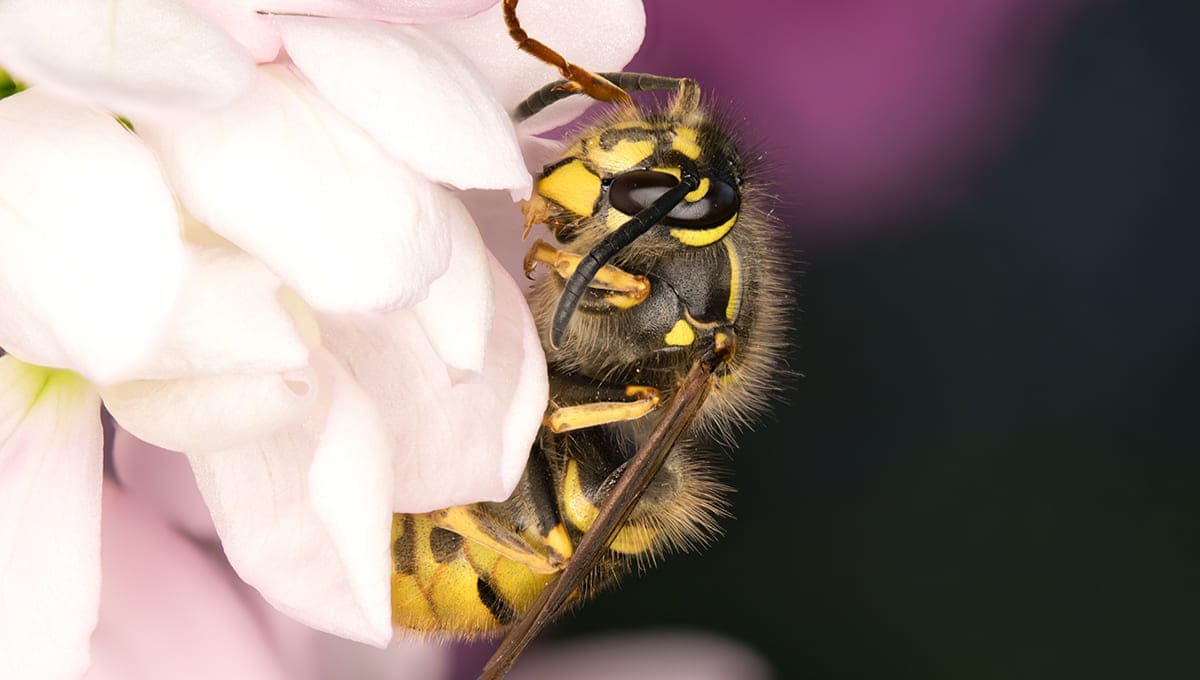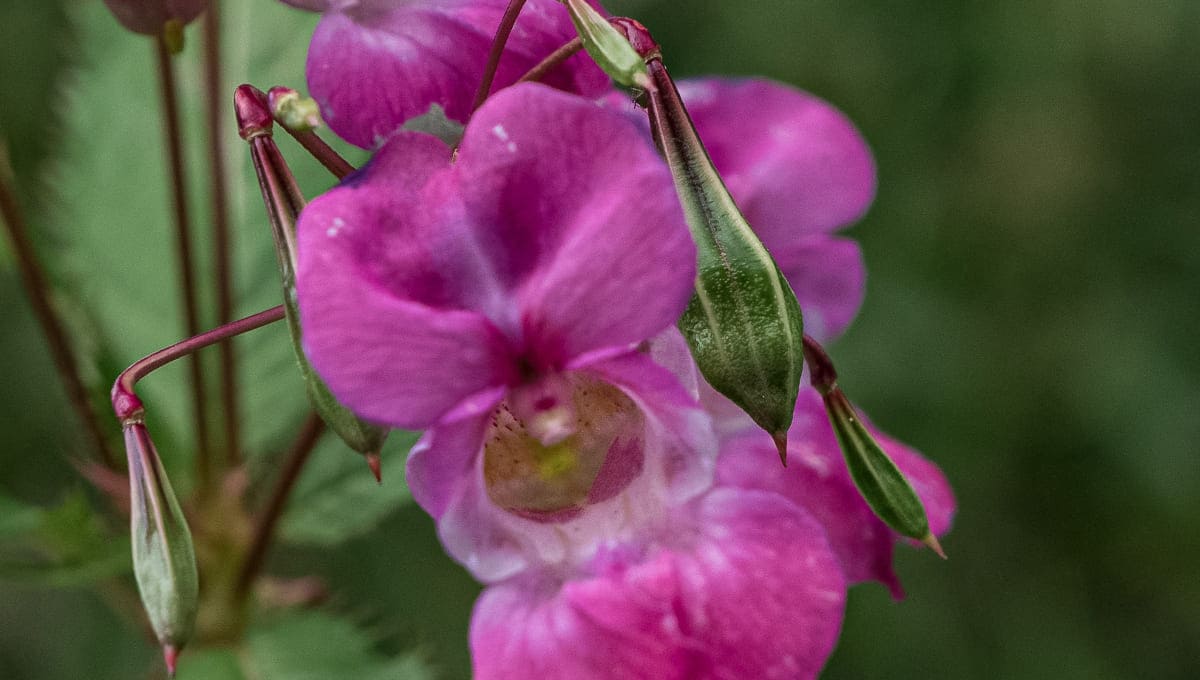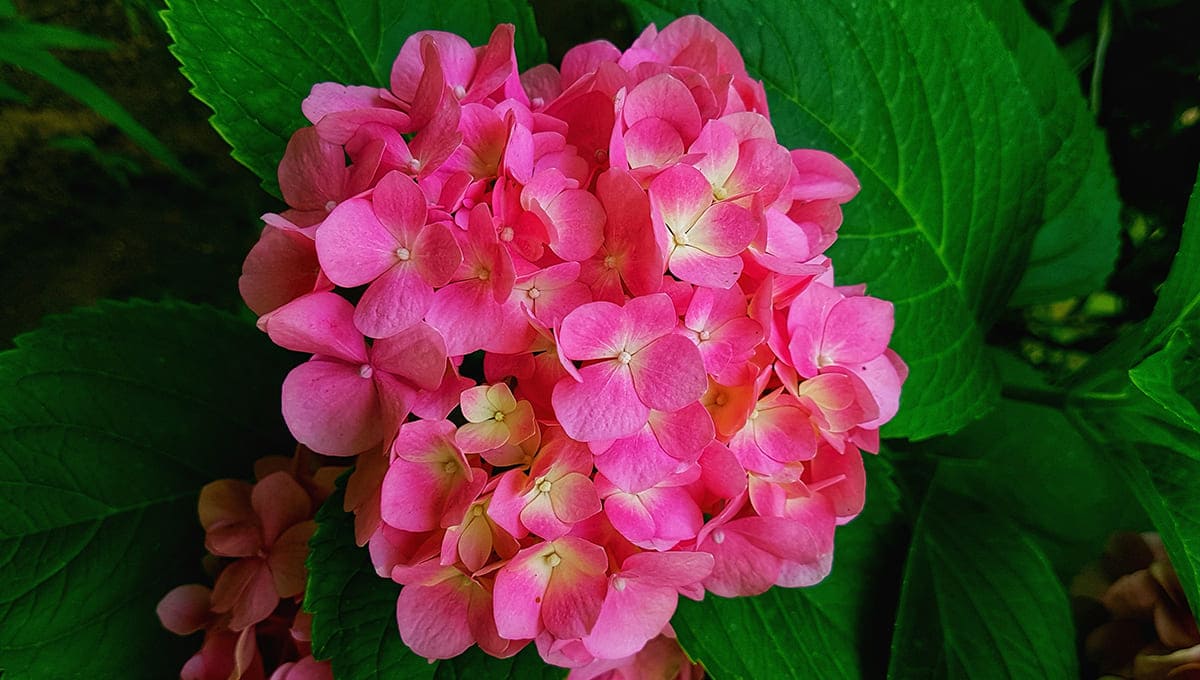Short Description About Balsam
Flower Type: Summer Annual Flower
Biological Name: Abies balsamea
Family: Impatiens balsamina
Balsam flower is a favourite of Victorian gardens, native to Asia, South Africa and North America. Balsam flowers bloom quickly and look great when planted in containers, edging and bedding. The best part about the Balsam plant is they self-seed and known for both medicinal and ornamental properties. Its oil widely used for allergic and inflammatory complaints as it has anti-allergic and anti-inflammatory properties.
Things required to grow Balsam:
- Balsam Flowers
- A packet of Balsam seeds
- Seedling Tray
- Gardening gloves
- Rake
- Trowel
- Pencil and label
Things need to know before growing Balsam flower:
- Sow: Indoor
- Life cycle: Annual
- Sun: Partial to full sun
- Bloom: Bloom from summer till spring, long flowering.
- Height: 12-24 inches
- Spread: 10-12 inches
- Propagation: Start balsam flower from seeds. The seeds can be grown, either starting from indoor or directly seeded outdoors.
If you want to sow indoors, start about 6 weeks before the last frost of your region. Use seedling trays or flats for transplanting later.
Be sure to plant seeds properly and cover them with 1/8 inches of soil. After plantation, water the seeds thoroughly. About 4-5 days, the seeds will sprout. Once the seedlings emerge, give them light daily, about 10-15 hours.
Improve your soil:
Balsam flowers like fertile and well-drained soil. It can tolerate damp soil but not soggy and do well in warm weather. If you find your soil conditions arent perfect for a balsam plant, amend it. Make a layer of Plantic Bloom Organic Potting Mix powered by water storing crystals. It helps prevent soil-borne disease and over and underwatering, promote super bloom.
Disease and Insect:
If Balsam flowers infested with diseases or insects, such as powdery mildew, treat it early with organic insect repellent. Use Plantic 3 in 1 Total Plant Care Organic Fungicide Miticide Insecticide.
Caring for Balsam:
Break up clods before transplanting young Balsam plants. Plant them with a spacing of 12-18 inches apart. Feed them with their favourite food, Plantic BloomDrop Organic Plant Food Liquid Fertilizer. It contains natural plant nutrients, which promote balsam plant health and super bloom. It is a water-soluble and quick-release fertilizer. Follow the label direction.
Cultivars:
Rose Balsam, Tall Double, Tom Thumb, Dwarf Bush Flowered and Double Camellia Flowered.
Harvesting:
Once the Balsam flowers are fully open, harvest them. Cut the flower either in the very early morning or afternoon.
Irrigation:
Water Balsam plants, focusing on their roots to prevent powdery mildew. Use a drip line and garden hose for watering. During summer, water them when the topsoil layer looks dry. In a container or hanging garden, water your Balsam plants frequently. At the end of the season, carefully collect the seed pods and let them dry. Store Balsam seed pods in an airtight jar in a dark, cool area until the spring.
After transplantation, water thoroughly every day for up to 7-10 days. Once the seedlings start new growth, water excess means once or twice a week. Later, water according to the soil condition and season.
Frequently irrigation the lighter soil than the heavy one. Irrigate during the rainy season according to prevailing weather conditions.
Balsam flower season in India
Sow Balsam seeds early in the season and cover them with 1/8 inches of soil. Keep the soil moist during germination. Balsam plants will produce profusion and continuous flowers from early to mid-summer and frost too.
Popular Balsam Varieties:
- Balsam Mix
- Camellia Flowering Mixture



